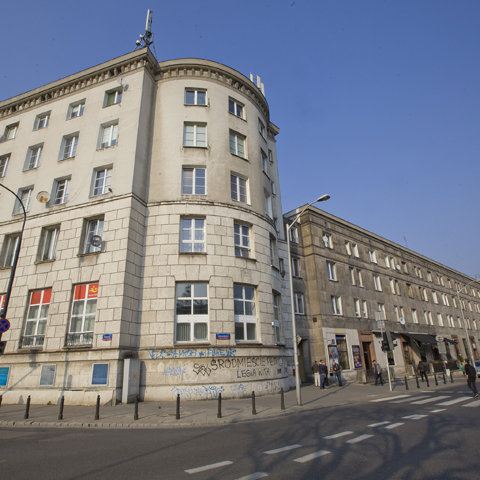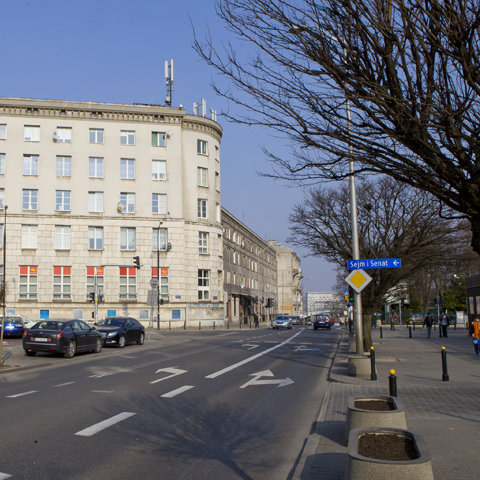Composers / Fryderyk Chopin / Places catalog
‘Wiejska Kawa’
In eighteenth-century Warsaw, the gardens of Prince Kazimierz Poniatowski were famous for their beauty. The prince was an entertaining person with a penchant for the exotic. His gardens boasted impressive greenhouses and pineries, where some 5,000 pineapples ripened every year.
The best loved part of the prince’s property was the ‘Mountain’, which changed hands several times after his death before eventually being purchased by Mr Chovot, a popular restaurateur, in 1815. It was Chovot who renamed it ‘Góra na Frascati’ [The hill at Frascati], after the town near Rome.
Not far away, on what is now the corner of ul. Wiejska and ul. Górnośląska, was ‘Wiejska Kawa’ [Village coffee], one of Warsaw’s most famous cafés, celebrated for its excellent hot dishes, especially crayfish and asparagus. Being located in a precinct that was perfect for walking meant that it enjoyed huge passing trade. Young people (perhaps including a happy and companionable Fryderyk Chopin) in particular would come to the ‘Wiejska Kawa’ and stay there to enjoy themselves and sing.
The scenic grounds invited settlement. The home of Antonio Corazzi, the famous architect who came to build the capital of the Kingdom of Poland (Congress Poland) at the invitation of Stanisław Staszic, was on ul. Wiejska. There was a garden at the rear of the Corazzi residence. Entry was via a gateway on the Aleje Ujazdowskie side. On the other side of the street, Senator Nikolay Novosiltsov, a thoroughly detested figure in patriotic circles, had his summer residence in the Frascati garden. In his memoirs, Kajetan Koźmian describes Novosiltsov as ‘red-faced, as if covered with leprosy, cross-eyed and eagle-eyed, and already grey’. Adam Mickiewicz depicted Novosiltsov as an incarnation of evil in Part III of Dziady [Forefathers’ Eve].
-

Place where was located ‘Wiejska Kawa’. Phot. Waldemar Kielichowski.
-

Place where was located ‘Wiejska Kawa’. Phot. Waldemar Kielichowski.